The mesmerizing “I Saw the TV Glow” oozes style and substance, offering a transcendent viewing experience for the right audience.
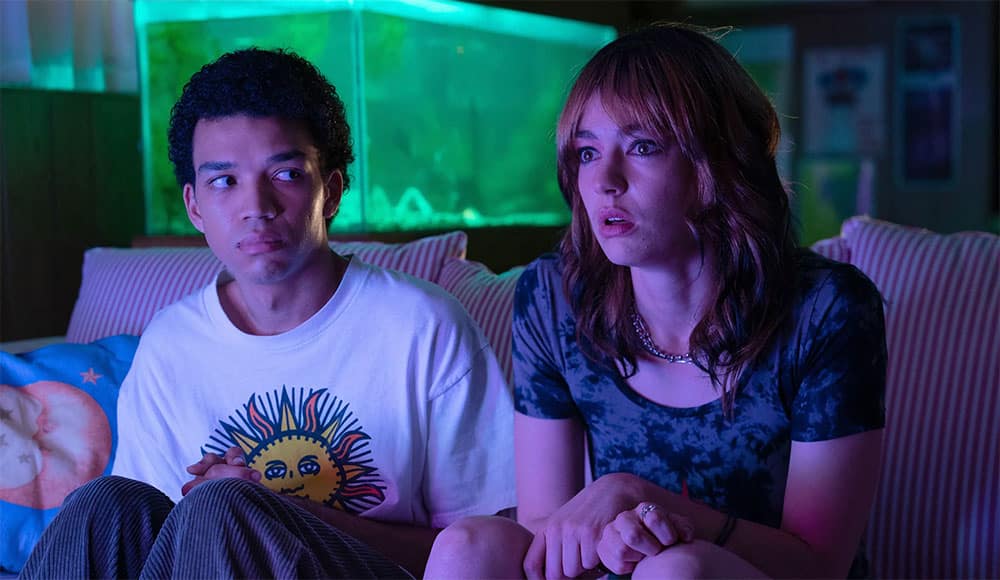
I had no intention of reviewing I Saw the TV Glow. But catching it on the last day of its theatrical run at my local Drafthouse, the day it arrived for home digital consumption, I felt drawn to the page and compelled to articulate the power of this transcendent viewing experience.
Having burst onto the scene with the festival darling and instant cult hit We’re All Going to the World’s Fair, Jane Schoenbrun returns with their much-buzzed-about follow-up.
I Saw the TV Glow is ostensibly a love letter to 90s-era pop culture obsession and the communal magic of shared media during a time that pre-dates the isolating era of streaming and solitary binge-watching.
However, the film is far deeper and more profound than the soft, warm glow of its visually mesmerizing dose of nostalgia or its trippy psychological horror inspired by films like Donnie Darko and Twin Peaks: Fire Walk With Me.
The film revolves around two students attending the aptly named Void High School (cleverly, VHS for short).
They are outcasts who bond over a shared love for a surprisingly sinister supernatural show on a kids’ network called The Pink Opaque.

They first meet during a chance after-school hallway encounter when then-seventh-grader Owen (played in his younger state by Ian Foreman) catches ninth-grader Maddy (Brigette Lundy-Paine) reading an episode guide to The Pink Opaque.
Intrigued, the shy and sheltered boy works up the courage to ask her about it. She confesses her love for the show, shares some of her book with him, and urges him to watch. But the show doesn’t air until 10:30 at night, past his strict bedtime.
Maddy proposes that Owen convince his parents that he’s staying at a friend’s house to sneak over to her basement and join the weekly viewing ritual she shares with a friend.
After that fateful night, Owen can’t seem to talk to Maddy, imprisoned by his feelings of otherness and social anxiety. Yet, when he finally confesses that he hasn’t been able to watch the show since the night she introduced him to it, Maddy begins leaving videotaped recordings of each episode with handwritten notes for him in the school’s dark room.
When the show is abruptly canceled following a significant, disturbing cliffhanger, Maddy disappears.
A now-grown Owen (played by Justice Smith after the initial two-year time jump) faces tumultuous life changes that force him to embrace the societal standards for acceptable adulthood — a home, a family (one he references but we never actually see), and a dreary, soul-sucking job.
He goes through the motions of a happy, well-adjusted life until Maddy mysteriously reappears years later and reveals a shocking secret that makes Owen question the nature of his reality and where he fits into this world.
The surreally haunting audiovisuals of The Pink Opaque are effectively chilling and reminiscent of Creepy Pasta at its best.

It’s a kid’s show that, as Maddy proudly proclaims early on, seems far too twisted and scary for most kids.
The Pink Opaque has a hypnotic effect on both teens, but the reason for their shared obsession transcends a mere macabre fascination with its darker material. These are two kids who, for different reasons, feel like they don’t quite belong in the world.
They find solace and kinship in a show about two young friends who are bonded by what separates them from others. As terrifying as the show can be, it offers a hopeful message of otherness as a gift rather than a curse, echoing the empowering mantra of Buffy the Vampire Slayer, one of the film’s significant influences.
In Buffy, like The Pink Opaque, being different is tantamount to being special, chosen even. This reframes the narrative and makes misfits into heroes, offering a beacon for those coming of age while grappling with questions of identity and the rocky road leading to self-acceptance.
Smith is our guide on this often-frightening journey of self-discovery. He’s spellbinding as Owen, playing the character over the span of many years. He effectively conveys with heartbreaking pathos a painful disconnection from the world resulting from a lack of belonging or self-assured certainty about who he is and who he wants to be.
Lundy-Paine is equally mesmerizing, especially during a pivotal monologue that took my breath away.
The world-building is extraordinary, with a hypnotic use of vibrant neon lighting, an evocative score from composer Alex G, and a sumptuous soundtrack that includes emotionally provoking performances by Sloppy Jane (with indie icon Phoebe Bridgers) and King Woman.

It all serves to overwhelm the viewer in the best possible way, resulting in a film that channels The Pink Opaque’s ability to be both unnervingly intoxicating and enveloping.
With a dizzying third act and the kind of finale that felt like a beautiful gut punch, refusing to tie up this spellbinding odyssey with a feel-good bow — an ending that can be equally read as hopeful or nihilistic — it left me dazed, dazzled, and devastated.
I Saw the TV Glow won’t land entirely with everyone, as evidenced by the polarizing nature of the film’s reviews. Like all great art, what you bring into your viewing affects what you take out of it.
Created as an allegory for the trans experience, it’s most resonant when viewed by those who fully understand what it’s like to feel trapped in a world that doesn’t fully understand or accept them.
However, you don’t have to be trans or queer to relate to the film’s powerful themes of identity and loneliness and the crippling despair of being forced to live an inauthentic life.
If you’ve ever felt misunderstood or outcast for who you are, what you like, or how you interpret the world — anything less than entirely “normal” by society’s standards — I Saw the TV Glow offers a warm but crushing embrace that screams, “I see you, I know you, I AM you… and you aren’t alone.”
Even if it doesn’t entirely work for you on a narrative level, it’s hard to deny the visionary artistry, style, and daring creativity that Schoenbrun brings to their confident and compelling sophomore feature.


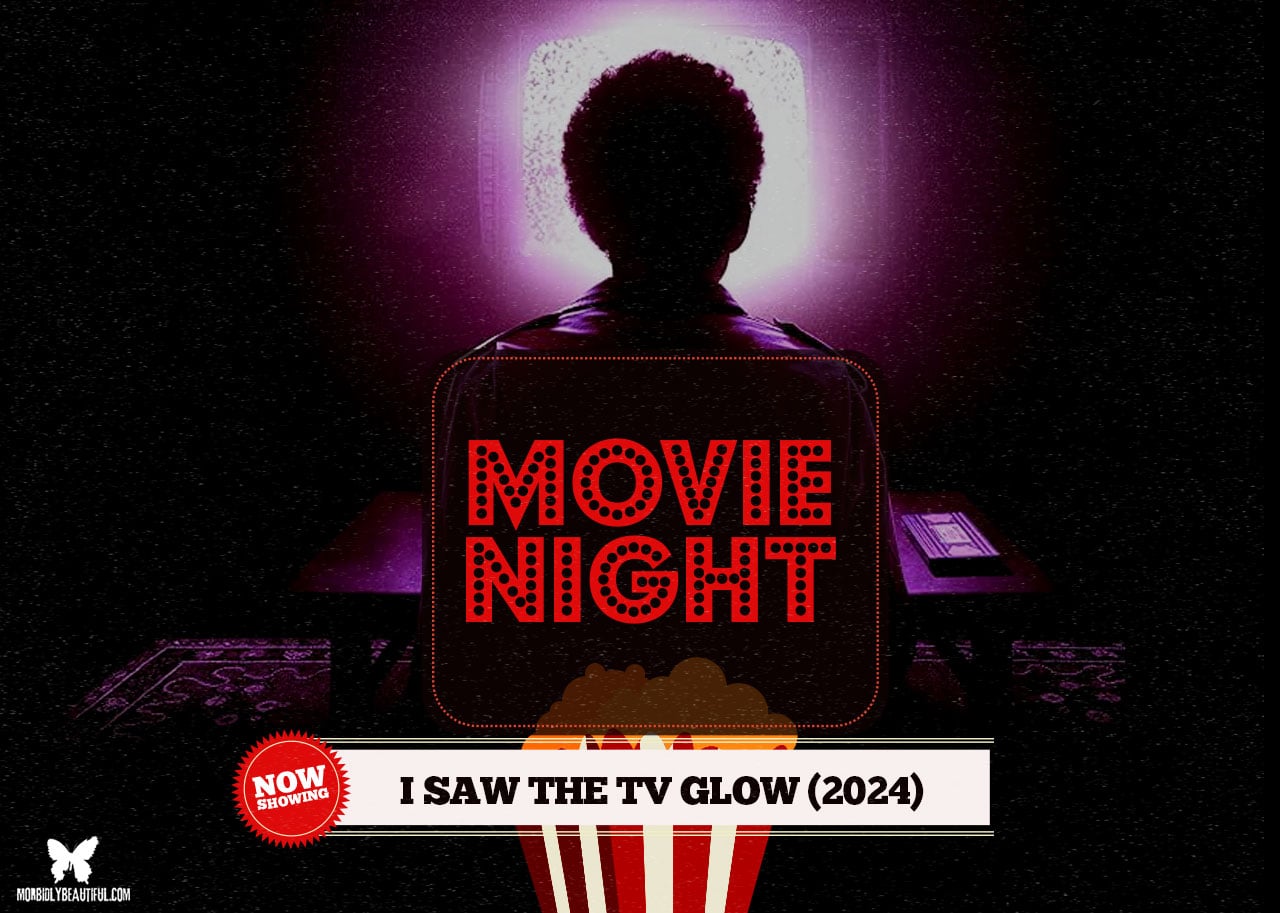



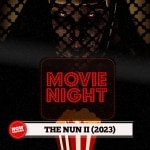


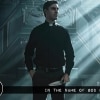
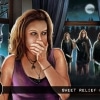
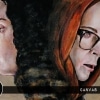
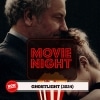

Follow Us!